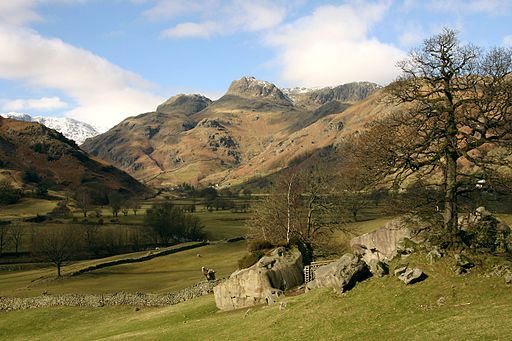
Keep the Outdoors Great
Isn’t it great that “real summer” is nearly here – the summer of school holidays. We can have lazy, warm days by the sea, trips to the countryside, or just read in the garden. We all look forward to this time, although perhaps in this country it would be more accurate to say we “hope” for those warm days! Even if the weather isn’t utterly wonderful, however, a trip into the great outdoors can be good fun. Particularly so if you like having the chance to see some fresh scenery and wildlife you wouldn’t do otherwise.
It’s important of course, to keep this countryside and its wildlife fit and healthy. With more and more housing having to be built and intruding on our green spaces, that is becoming increasingly difficult to do, but if we disregard conservation, it will be our fault that future generations will not be able to make these trips and holidays – there may not be much left to see. One example is the fate of the dormouse. Once a familiar face in the fields and hedges of this country, their numbers have shrunk dramatically in recent years. Fortunately, there are those who are trying to reintroduce them to their habitat, such as the People’s Trust for Endangered Species: and they also want to reintroduce a number of other declining species, including the Lynx, Sea Eagle and Wolf.
Habitat is the key word here. Each of these species can only survive in the right surroundings. Luckily, other great organisations are also involved in preserving and promoting our countryside. The Council of the Protection of Rural England (CPRE) is fighting hard to protect hedgerows, among other things. These have suffered thanks to modern farming methods, though they are now protected. You might think that a hedge isn’t that important compared to saving a piece of woodland, etc, but they are in fact crucial to the survival of many different creatures, meaning their absence would have significant consequences for our eco-system as a whole. 80% of Britain’s farmland birds call these hedges home, for one thing. There are many different types of hedgerow, with the oldest known as “Judith’s Hedge” in Cambridgeshire, being fully 900 years old. And if you really want to know when a hedge is a hedge, well, there’s a definition for that: it has to be 20 meters long and at least 30 years old.
Natural England is another organisation devoted to preservation. They calculate that there are 1,000 species which are “high priority for conservation action”. We are often reminded to help our environment, but it is something we shouldn’t get tired of hearing. So long as we are aware and can help where we are able, though, then with a bit of luck and a lot of hard work, all these wonderful species, and the scenery we currently enjoy in our various rural areas will remain for many years to come.
